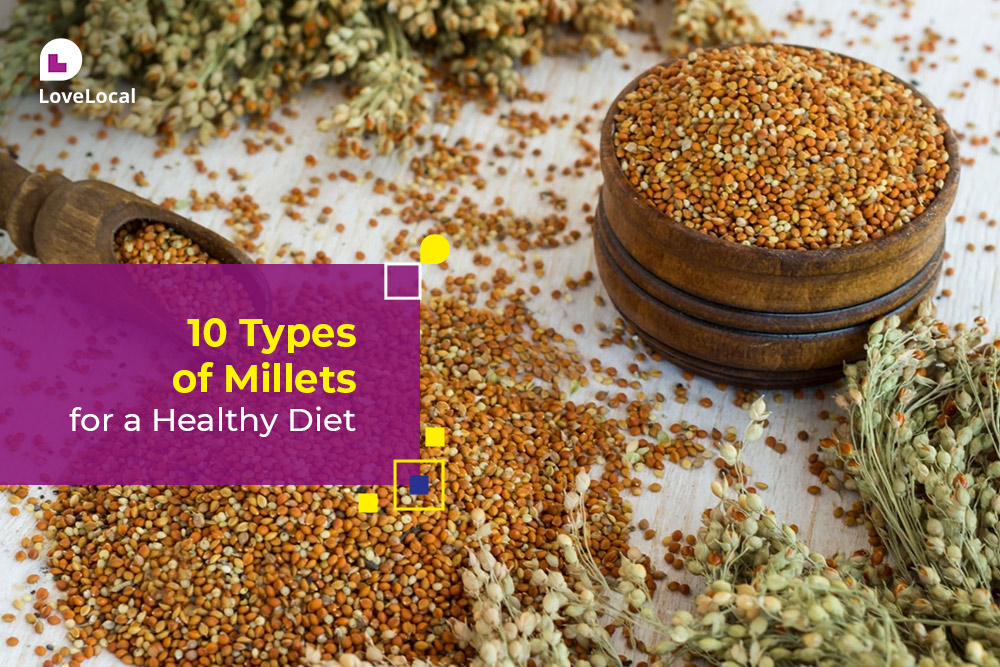As we move towards a healthier lifestyle and more people incorporate vegan options into their diets, nutrient-rich foods like millets are becoming quite popular. In addition to being gluten-free, millets can improve your health and help you lose weight.
However, many people are unaware of the millet varieties available, as well as their nutritional worth and calorie content. Let’s have a look at the millets list available locally around you!
What are millets?
Millets in India are traditional grains that date back to the dawn of time. For over 5000 years, they have been produced and eaten throughout the Indian subcontinent.
When compared to other popular cereal grains, they demand less water and fertility. They are highly variable small-seeded grasses that come in a variety of shapes and sizes.
Types of Millets
Here are 10 millet varieties that are consumed across the world.
1. Sorghum Millet (Jowar)
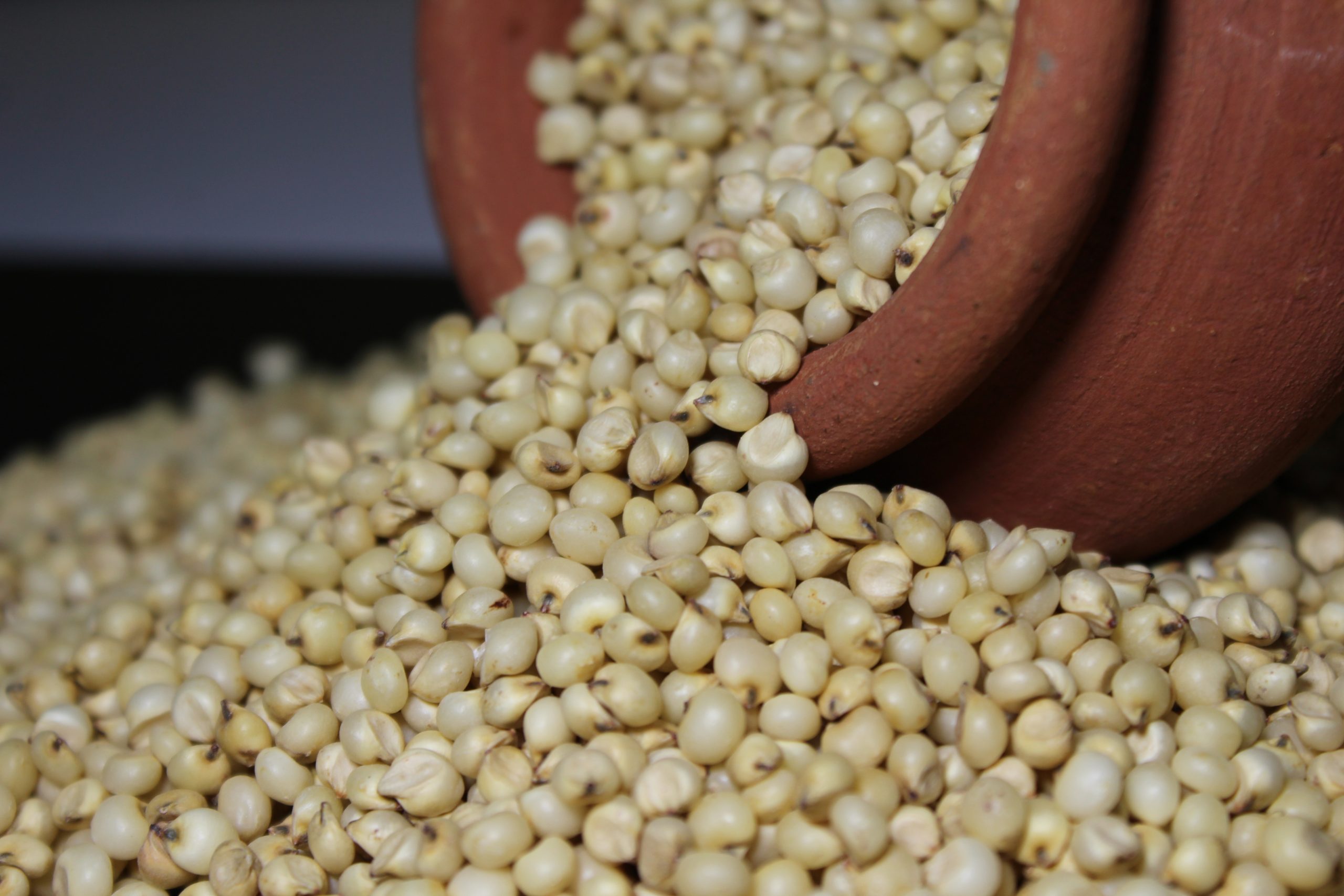
Sorghum is a cereal grain that’s produced widely around the globe. The whole grain is commonly used in baking, and preparing Rotis, while its syrup is used as a natural sweetener.
Jowar is rich in iron, proteins, fibre and B vitamins, which play an essential role in metabolism, neural development, and skin and hair health. It is a healthier alternative for people who are allergic to wheat and contains more antioxidants than blueberries and pomegranates.
100 grams of uncooked sorghum provides:
- Calories: 329
- Protein: 10.4 grams
- Fat: 3.1 grams
- Carbohydrates: 70.7 grams
- Fibre: 2 grams
2. Finger Millet (Ragi)
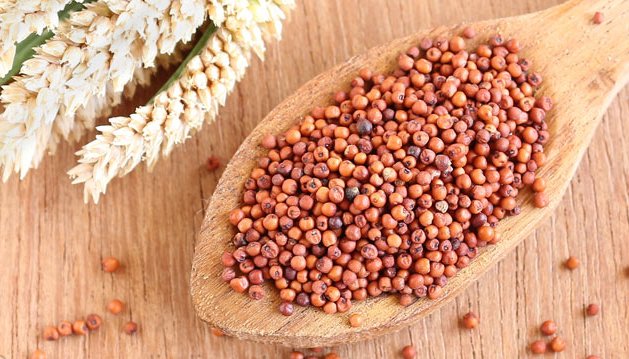
Ragi is one of the best millet varieties and is often recommended by fitness enthusiasts as a healthy alternative to rice and/or wheat. For people affected with diabetes, ragi acts as a blood sugar stabilizer and reduces inflammation.
It is also high in calcium and has adequate amounts of iron and other minerals and aids brain development in growing children. Ragi also contains sumptuous amounts of essential amino acids that are essential for your overall development.
100 grams of uncooked Ragi provides:
- Calories: 336
- Protein: 7.3 grams
- Fat: 1.3 grams
- Carbohydrates: 72 grams
- Fibre: 3.6 grams
3. Foxtail Millet (Kakum/Kangni)
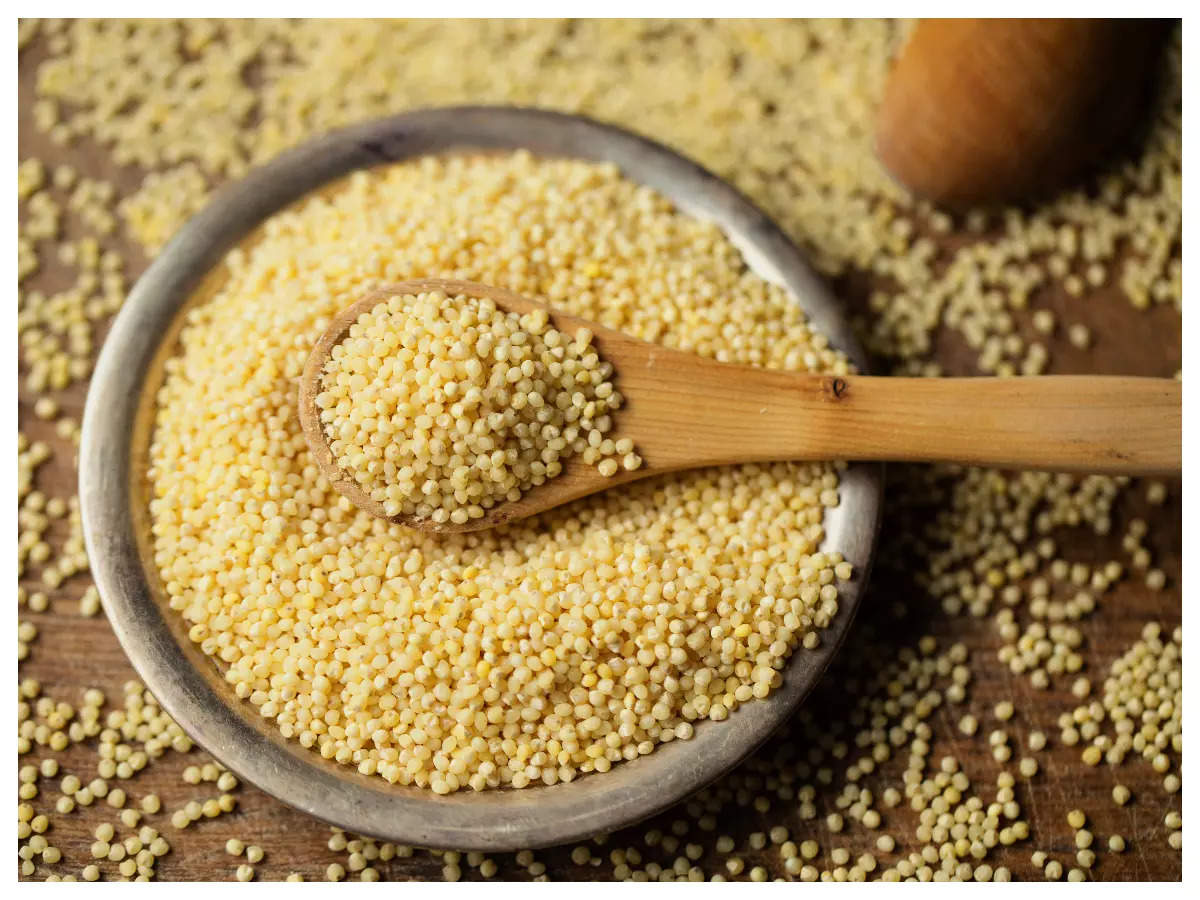
Kakum or Kangni is a healthy substitute for white rice. Loaded with good calories, it is a powerhouse of energy. Foxtail Millet is high in Vitamin B12, which is necessary for a healthy heart, smooth nervous system functioning, and overall good skin and hair growth.
It also contains high quantities of iron that reduces muscular spasms and eases out restless syndrome.
100 grams of uncooked Foxtail provides:
- Calories: 351
- Protein: 12.3 grams
- Fat: 4.3 grams
- Carbohydrates: 60.2 grams
- Fibre: 6.7 grams
4. Pearl Millet (Bajra)

Bajra, like most millets, is a high-nutrient source of protein, carbohydrates, vitamins, minerals, and plant compounds. It can be prepared in a variety of ways, including roti and khichdi, and has numerous health benefits.
If you’re trying to reduce weight, include whole-grain meals with a low-calorie density, such as bajra, in your diet. It’s also linked to better outcomes in the treatment of type 2 diabetes and other chronic illnesses.
100 grams of uncooked Bajra provides:
- Calories: 363
- Protein: 11.8 grams
- Fat: 4.8 grams
- Carbohydrates: 67 grams
- Fibre: 2.3 grams
5. Amaranth Millet (Rajgira/Ramdana/Chola)
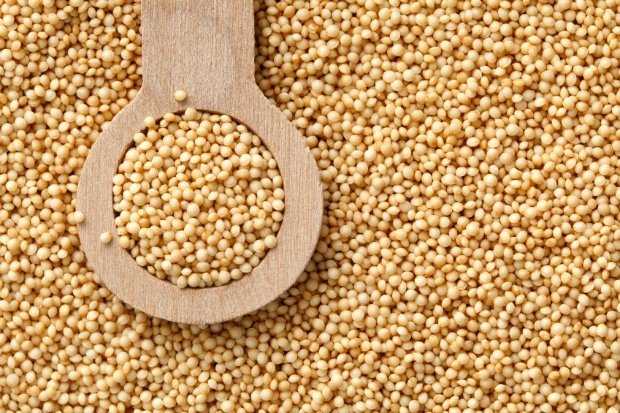
Amaranth is a versatile and nutrient-dense grain that has been grown for centuries. It is a high-protein, high-fibre grain that’s ideal for a balanced diet. It also aids in the prevention of greying and hair loss.
Rajgira also helps to decrease cholesterol and the risk of cardiovascular disease. Several antioxidants, including gallic acid, p-hydroxybenzoic acid, and vanillic acid, help protect against disease.
100 grams of uncooked Amaranth provides:
- Calories: 371
- Protein: 14 grams
- Fat: 7 grams
- Carbohydrates: 65 grams
- Fibre: 7 grams
6. Buckwheat Millet (Kuttu)
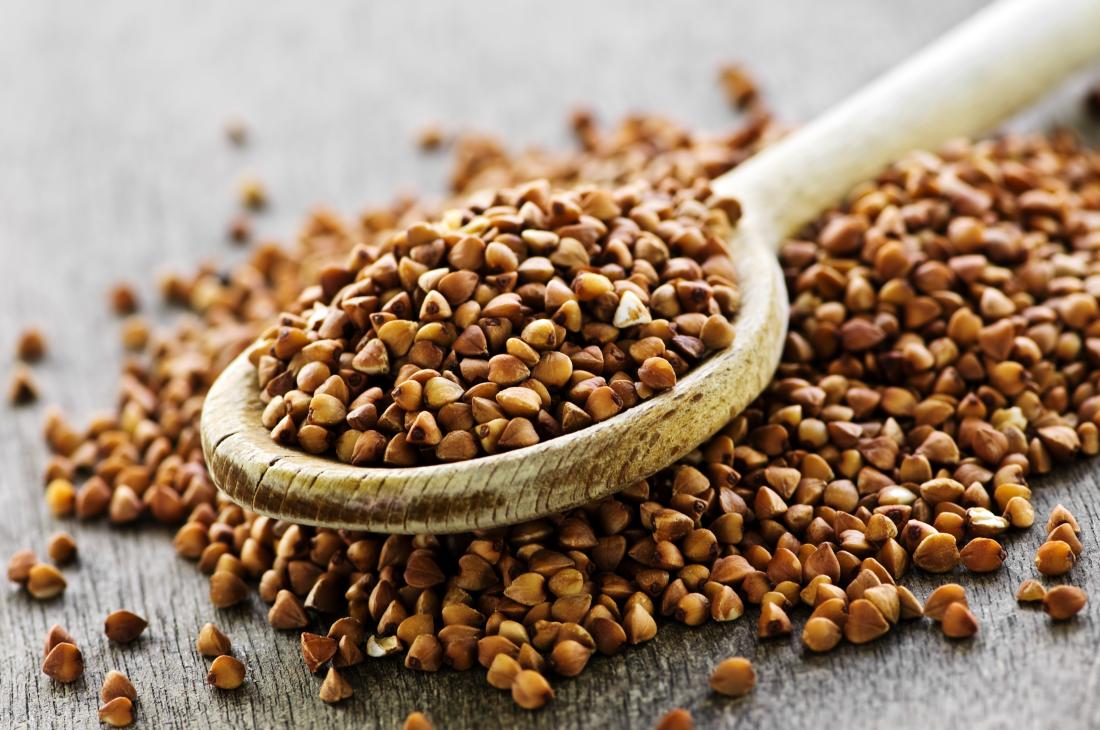
Kuttu is one of the most prevalent millet varieties and is frequently consumed during the Navratra fasting period. It is diabetic-friendly and aids in reducing blood pressure. It is beneficial for cardiovascular health and should be included in your diet if you wish to lose weight.
Buckwheat also helps to prevent breast cancer, asthma in youngsters, and gallstones. The flavonoids rutin and quercetin are abundant in buckwheat. Rutin helps to strengthen blood vessels, while quercetin aids in inflammation reduction.
100 grams of uncooked Buckwheat provides:
- Calories: 343
- Protein: 13.25 grams
- Fat: 3.4 grams
- Carbohydrates: 71.5 grams
- Fibre: 2.1 grams
7. Barnyard Millet (Sanwa)
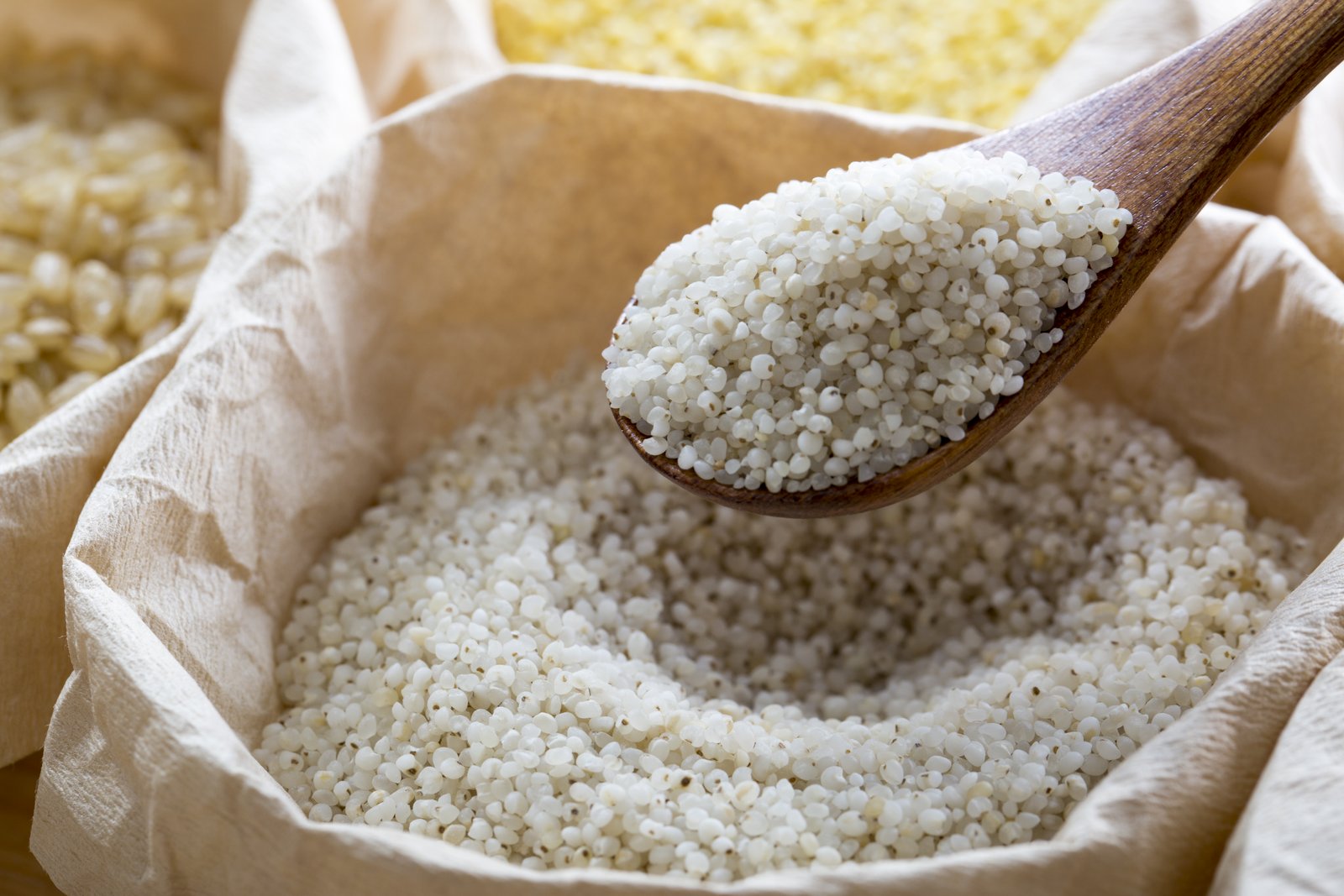
Barnyard millet is alkaline and easily digestible. It helps cleanse your intestines, keeping you from becoming constipated. The high content of antioxidants significantly reduces the risk of Type 2 Diabetes.
For postmenopausal women, barnyard millet has cardiovascular advantages. In the case of jaundice too, barnyard millet is a wonderful choice.
100 grams of uncooked Barnyard provides:
- Calories: 300
- Protein: 6.2 grams
- Fat: 4.8 grams
- Carbohydrates: 78.2 grams
- Fibre: 1 gram
8. Little Millet (Moraiyo/Kutki/Shavan/Sama)
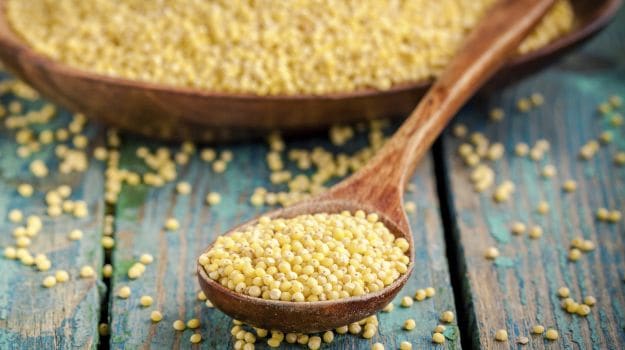
Usually incorporated in South-Indian dishes, Little Millets are gluten-free, non-acid-forming, and a perfect addition to meals of diet-conscious people. It’s a healthier alternative to rice that won’t make you gain weight.
It’s high in vitamin B as well as important minerals including calcium, iron, zinc, and potassium. This high nutritional value makes it a must-eat in a balanced diet.
100 grams of uncooked Little provides:
- Calories: 329
- Protein: 7.7 grams
- Fat: 4.7 grams
- Carbohydrates: 67 grams
- Fibre: 7.6 grams
9. Kodo Millet

Kodo millet is thought to have been domesticated 3,000 years ago in India. It can be found in tropical and sub-tropical climates.
The whole grain includes large levels of fibre and high protein content. It is a digestible millet that contains higher quantities of amino acid – lecithin (which helps in strengthening the nervous system). Kodo is high in B vitamins, including niacin, B6, and folic acid, and minerals such as calcium, iron, potassium, magnesium, and zinc.
When consumed regularly by postmenopausal women, it can help to alleviate cardiovascular problems such as excessive blood pressure and cholesterol levels.
100 grams of uncooked Kodo provides:
- Calories: 353
- Protein: 8.3 grams
- Fat: 1.4 grams
- Carbohydrates: 65.9 grams
- Fibre: 5.2 grams
10. Broomcorn Millet

Broomcorn, also called Chena, has a low glycemic index, which helps to keep blood sugar levels in check. It is a healthy option for diabetics to include in their regular diet.
Magnesium is abundant in this millet, which helps to regulate blood pressure and reduces the risk of strokes, heart attacks, and atherosclerosis. It is a good source of potassium, which acts as a vasodilator and helps to maintain low blood pressure.
Broomcorn contains a lot of fibre, which helps to decrease cholesterol. It also aids in the removal of bad cholesterol from the body and promotes the production of good cholesterol.
100 grams of uncooked Broomcorn provides:
- Calories: 354
- Protein: 12.5 grams
- Fat: 1.1 grams
- Carbohydrates: 70.4 grams
- Fibre: 5.2 grams
Millets are one of the best choices you can make for your diet! They supply your body with the energy it needs to go through the day and have a variety of health benefits. You can choose from a variety of millets and prepare some incredible healthy and delectable recipes that will wow you!
Millets in India are high in important nutrients, and each kind has its distinct flavour and health advantages. You will find it easier to choose the proper millet for you and your family now that you are aware of the various millet varieties. Try substituting organic millet for rice and see how much of a difference it makes!
Shop for the best millet varieties from your trusted local retailer’s shop on LoveLocal!

